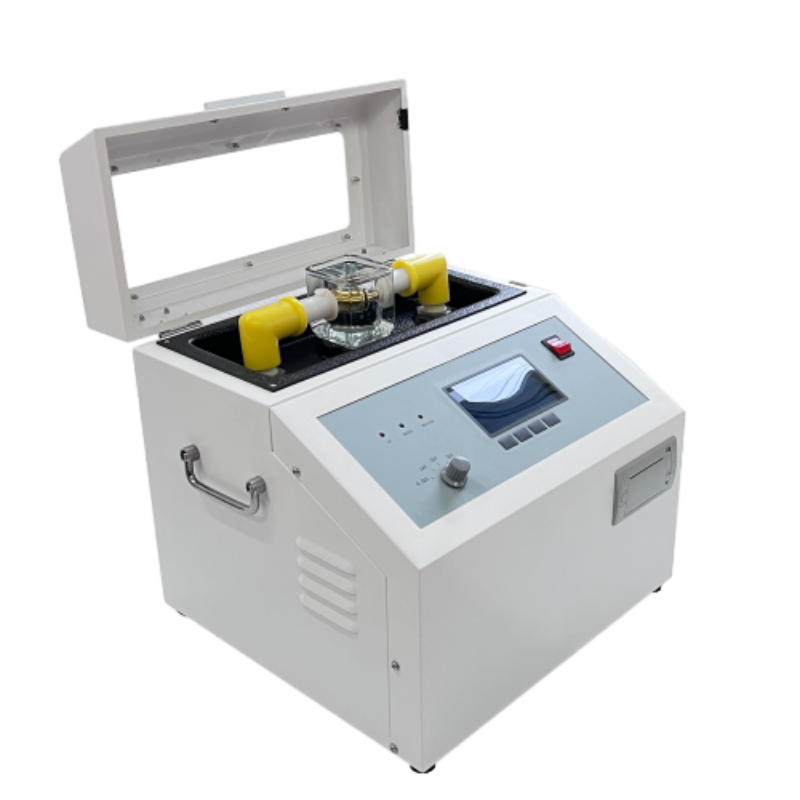 English
English



-
 Afrikaans
Afrikaans -
 Albanian
Albanian -
 Amharic
Amharic -
 Arabic
Arabic -
 Armenian
Armenian -
 Azerbaijani
Azerbaijani -
 Basque
Basque -
 Belarusian
Belarusian -
 Bengali
Bengali -
 Bosnian
Bosnian -
 Bulgarian
Bulgarian -
 Catalan
Catalan -
 Cebuano
Cebuano -
 China
China -
 China (Taiwan)
China (Taiwan) -
 Corsican
Corsican -
 Croatian
Croatian -
 Czech
Czech -
 Danish
Danish -
 Dutch
Dutch -
 English
English -
 Esperanto
Esperanto -
 Estonian
Estonian -
 Finnish
Finnish -
 French
French -
 Frisian
Frisian -
 Galician
Galician -
 Georgian
Georgian -
 German
German -
 Greek
Greek -
 Gujarati
Gujarati -
 Haitian Creole
Haitian Creole -
 hausa
hausa -
 hawaiian
hawaiian -
 Hebrew
Hebrew -
 Hindi
Hindi -
 Miao
Miao -
 Hungarian
Hungarian -
 Icelandic
Icelandic -
 igbo
igbo -
 Indonesian
Indonesian -
 irish
irish -
 Italian
Italian -
 Japanese
Japanese -
 Javanese
Javanese -
 Kannada
Kannada -
 kazakh
kazakh -
 Khmer
Khmer -
 Rwandese
Rwandese -
 Korean
Korean -
 Kurdish
Kurdish -
 Kyrgyz
Kyrgyz -
 Lao
Lao -
 Latin
Latin -
 Latvian
Latvian -
 Lithuanian
Lithuanian -
 Luxembourgish
Luxembourgish -
 Macedonian
Macedonian -
 Malgashi
Malgashi -
 Malay
Malay -
 Malayalam
Malayalam -
 Maltese
Maltese -
 Maori
Maori -
 Marathi
Marathi -
 Mongolian
Mongolian -
 Myanmar
Myanmar -
 Nepali
Nepali -
 Norwegian
Norwegian -
 Norwegian
Norwegian -
 Occitan
Occitan -
 Pashto
Pashto -
 Persian
Persian -
 Polish
Polish -
 Portuguese
Portuguese -
 Punjabi
Punjabi -
 Romanian
Romanian -
 Russian
Russian -
 Samoan
Samoan -
 Scottish Gaelic
Scottish Gaelic -
 Serbian
Serbian -
 Sesotho
Sesotho -
 Shona
Shona -
 Sindhi
Sindhi -
 Sinhala
Sinhala -
 Slovak
Slovak -
 Slovenian
Slovenian -
 Somali
Somali -
 Spanish
Spanish -
 Sundanese
Sundanese -
 Swahili
Swahili -
 Swedish
Swedish -
 Tagalog
Tagalog -
 Tajik
Tajik -
 Tamil
Tamil -
 Tatar
Tatar -
 Telugu
Telugu -
 Thai
Thai -
 Turkish
Turkish -
 Turkmen
Turkmen -
 Ukrainian
Ukrainian -
 Urdu
Urdu -
 Uighur
Uighur -
 Uzbek
Uzbek -
 Vietnamese
Vietnamese -
 Welsh
Welsh -
 Bantu
Bantu -
 Yiddish
Yiddish -
 Yoruba
Yoruba -
 Zulu
Zulu
Understanding Transformer Tan Delta Testing for Insulation Condition Assessment
Understanding Transformer Tan Delta Testing
Transformer reliability is paramount in the electrical power system, as it plays a crucial role in voltage conversion and distribution. A key aspect of maintaining transformer health is the assessment of its insulation condition, primarily through the tan delta (also known as the dissipation factor) testing. This article delves into the significance of tan delta testing, the methodology involved, and its implications for transformer maintenance and operation.
What is Tan Delta?
The term tan delta refers to the ratio of the resistive component to the reactive component of the current flowing through a transformer’s insulation system when subjected to an alternating current. It effectively measures the dielectric losses within the insulation material, which correlates with its quality. The tan delta value is a crucial indicator of insulation performance; a lower tan delta signifies better insulation quality, while a higher value indicates potential insulation degradation.
Why is Tan Delta Testing Important?
1. Condition Monitoring Regular tan delta testing allows for the monitoring of the insulation condition of transformers. This is especially important in high-voltage applications where transformer failure can lead to significant outages and costly repairs.
2. Preventive Maintenance By regularly assessing the tan delta values, utilities can implement preventive maintenance before insulation failures occur, thus prolonging the lifespan of transformers and avoiding unexpected downtimes.
3. Identification of Defects The test can help reveal specific issues within the insulation system, such as contamination, moisture ingress, or physical damage. Identifying these problems early can prevent catastrophic transformer failures.
4. Compliance and Standards Many international standards, such as IEEE and IEC, recommend tan delta testing as part of regular maintenance procedures to ensure the safety and reliability of transformer operations.
Methodology of Tan Delta Testing
Tan delta testing typically involves the following steps
transformer tan delta

1. Preparation Before testing, transformers must be disconnected from the power supply and properly grounded. It is also essential to ensure that the transformer is clean and dry, as moisture can artificially elevate the tan delta readings.
2. Testing Equipment A specialized insulation tester with the capability to perform tan delta measurements is employed. This equipment usually applies a high voltage to the transformer windings and measures the resulting current.
3. Data Collection During testing, the tester records both the capacitive and resistive currents. The tan delta is then calculated using the formula
\[ \text{tan} \delta = \frac{I_{resistive}}{I_{capacitive}} \]
4. Analysis The measured tan delta values are then compared against baseline or historical data to identify trends. A significant increase in the tan delta value compared to previous measurements can indicate deterioration in insulation.
Interpreting Tan Delta Results
The results of tan delta testing are usually expressed as a percentage. Typical values for healthy transformers range from 0.1% to 0.5%. Values exceeding 1% may necessitate further investigation, while readings above 5% are often deemed unacceptable, signaling a critical need for maintenance or replacement of insulation.
Conclusion
In conclusion, tan delta testing is an invaluable tool for evaluating the condition of transformer insulation. By providing insights into the health of insulation systems, this testing enables electrical utilities to make informed decisions regarding maintenance, potentially preventing costly failures. As technology advances, the methods and tools for performing tan delta testing continue to evolve, making it easier to integrate into routine maintenance practices. Ultimately, embracing such proactive approaches ensures that transformers operate efficiently, reliably, and safely, thereby supporting the broader electric grid's integrity.
Regular tan delta testing should be a key component of a comprehensive transformer maintenance program to safeguard operations and ensure long-term reliability.
-
Testing Equipment Industry Sees Major Advancements in 2025: Smart & Precision Technologies Lead the WayNewsJun.06,2025
-
Applications of Direct Current Generators in Renewable Energy SystemsNewsJun.05,2025
-
Hipot Tester Calibration and Accuracy GuidelinesNewsJun.05,2025
-
Digital Circuit Breaker Analyzer Features and BenefitsNewsJun.05,2025
-
Benefits of Real-Time Power Quality Monitoring Devices for Industrial EfficiencyNewsJun.05,2025
-
Earth Fault Loop Testing in High-Rise Building Electrical SystemsNewsJun.05,2025



